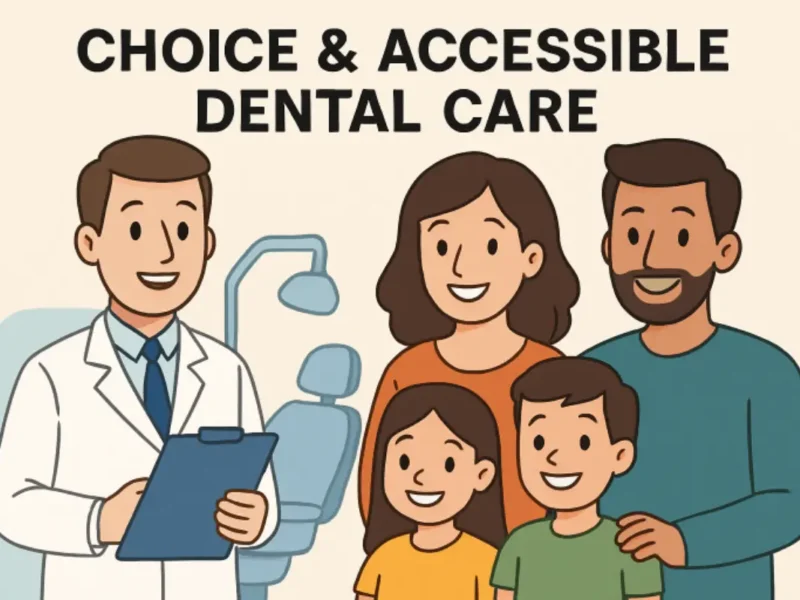Some strokes don’t have easy-to-recognize symptoms, or they don’t affect your speech and movement. But they still cause permanent brain damage.
These are called silent strokes or “hidden strokes.” They can raise your risk for future strokes and dementia. Addressing stroke risk factors can help prevent them.
Causes
Silent strokes occur when an artery blockage prevents oxygen-rich blood from reaching a part of the brain. They damage brain cells that control subtle functions, such as memory and reasoning abilities. They are less common and don’t have the eyebrow-raising symptoms of traditional strokes. However, they are still dangerous and can increase the chance of future symptomatic strokes, according to new research.
Symptoms of silent stroke are similar to those of other medical problems, so getting a proper diagnosis is vital. A doctor can look for a stroke during a routine exam by asking questions about vision, speech, and arms. They may also suggest an MRI or CT scan to evaluate the cause of the stroke.
People can lower their risk of a silent stroke by eating right, exercising, controlling high blood pressure and cholesterol, not smoking, and avoiding excess salt. They should also tell their doctor about any mild symptoms they might be experiencing and ask them to check for signs of stroke, such as slurred speech or trouble raising one arm.
Symptoms
Most people don’t realize they have had a silent stroke until they go to the doctor for another reason and are sent for a brain scan. The MRI or CT scan may show that tiny blood vessels in the brain have been affected or that areas of the white matter have changed shape.
Like a regular stroke, silent strokes are caused by a blocked blood vessel. Fatty deposits inside blood vessels, called atherosclerosis, can create clots that obstruct blood flow. These clots can come from other parts of the body or inside the heart, particularly in atrial fibrillation (AF), which is more common with age and doubles your risk of a stroke.
The damage of a silent stroke affects only a tiny part of the brain, so most people don’t notice any symptoms. However, a history of silent stroke increases your chances of having more symptomatic strokes and developing vascular dementia over time.
Treatment
The good news is that a silent stroke does not typically cause the apparent symptoms of other types of strokes, such as slurred speech, dizziness, and vision problems. But that doesn’t mean someone with one will not have other symptoms.
Most people who have had a silent stroke won’t know it until they undergo an MRI or CT scan for another reason and doctors notice the damage to small blood vessels in the brain. Then, they can be treated.
The best way to prevent a silent stroke is to manage risk factors like high cholesterol levels, diabetes, and high blood pressure. That includes exercise, eating a healthy diet, consuming less salt, and reducing alcohol and smoking. A doctor may also recommend screening for atrial fibrillation, an irregular heartbeat that increases the likelihood of blood clots in the brain. Doctors can prescribe medications to reduce the risk of stroke and treat any underlying medical conditions.
Prevention
Silent strokes often go undiagnosed. They happen in the part of the brain that controls less dramatic functions, and because the damage isn’t as noticeable, it goes undetected. Often, people find out they had a silent stroke when they undergo MRI or CT scans for other reasons. They might discover they had a stroke while being checked for other health issues like dizziness, headaches, or memory problems.
The risk of silent stroke increases with age and certain medical conditions such as high blood pressure, diabetes, obesity, and irregular heart rhythms like atrial fibrillation. There are ways to reduce the risk of health issues, such as eating a healthy diet, being physically active, avoiding smoking, and taking medication to control blood pressure, cholesterol, and glucose levels.
If you notice a friend or family member experiencing the symptoms of a silent stroke, call 911 right away. Time is essential; the earlier treatment begins, the less the brain damage will be.



